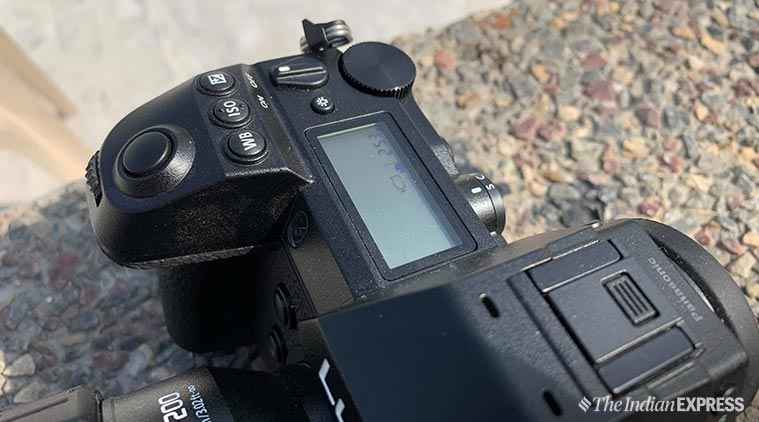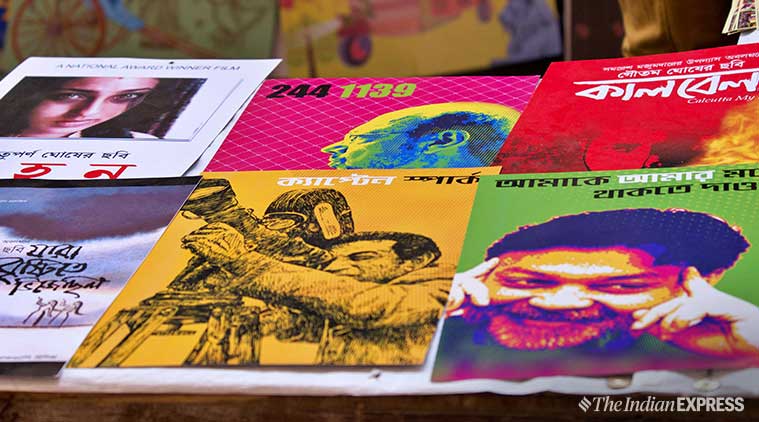
After many years in the sidelines, mirrorless cameras have now well and truly started edging out the traditional DSLR cameras. While a lot of credit for expanding this segment needs to be given to Sony and its Alpha series, other players too are now trying their best to cash in on this segment. For photographers, the move to mirrorless means more versatility and, of course, better performance in low light. The latest in this line is the Panasonic Lumix S1, the first full-frame mirrorless camera from the Japanese tech major.
Panasonic Lumix S1
The Lumix S1 is the first full frame mirrorless camera from Panasonic. In fact, there is also a Lumix S1R with a 47.3MP sensor. The S1 is 24.2MP in comparison, but will suffice for most professional uses.

The Lumix S1 looks and feels like a full frame camera. In fact, this could well be the heaviest camera I have used, and I have used a few cameras in my life. With the 70-200mm Lumix S Pro lens, the entire rig was close to 2 kg in weight — just the body is about a kilo. So this is something you have to consider before committing yourself to the S1.
But the weight also comes with its advantages. I found it was easier to be steady with a heavy camera weighing you down. But frankly, Panasonic thinks this is more of a video camera that will be on a good tripod and hence the weight might not be a big factor. Also, the company claims this camera’s magnesium alloy body offers it weather resistance and that could explain the extra heft.

The design is good and the camera is easy to grip and handle despite the weight. I like the quick access buttons for white balance, ISO and exposure just next to the trigger. The viewfinder is one of the best I have used and is larger than the ones you find normally on mirrorless cameras.
I was unfortunate not to have had the opportunity to test the camera in interesting locations during the review period. But with whatever I did it became clear this is a very capable camera. But let’s start with what I thought was most unique about the S1. This is maybe the only full-frame camera that can shoot video with continuous auto focus. Usually, this is a struggle on DSLRs and other large cameras, but the S1 locks the subject and springs back to focus even if the subject has moved out of the frame and come back in. And this works even in low light scenarios. This feature alone gives the S1 an edge over other cameras when it comes to videography and with its 4K 60p shooting capabilities.

However, the same camera struggles a bit when you come to regular auto-focus. It takes a tad bit more time than most cameras I have used. In fact, I switched to manual mode quite often to ensure I did not lose the subject. Interestingly, the L mount lens I used has a different mechanism to go from manual to auto — you shift the focus ring on the lens to switch the modes — and it took me a while to figure that out.







But when the S1 is in focus, the images can be stunning. Also, this camera gives you more versatility when it comes to focus and you can do that even with a preset area on the frame, which can be moved around or expanded from the touch screen LCD. With an ISO range that goes up to 51200, the S1 can be great for those who want to shoot in low light or just not use the flash. I being the latter, loved using this camera just for that reason. Yes, at times, even at the highest shutter speeds, the camera does seem to come up with brighter images that you expect, but that is just because this has better light sensitivity than anything you have used before. Also, the camera comes with in-body shake reduction and stabilised lenses, offering more clarity in the images and video in tough conditions.

The Panasonic Lumix S1 stands out for its video capabilities and fixes one of the biggest pain points with videography using still cameras. Don’t be surprised if this becomes the go-to camera for professional videographers in the near future. Overall, this camera ticks all the boxes, but its weight is a factor you should consider before buying.